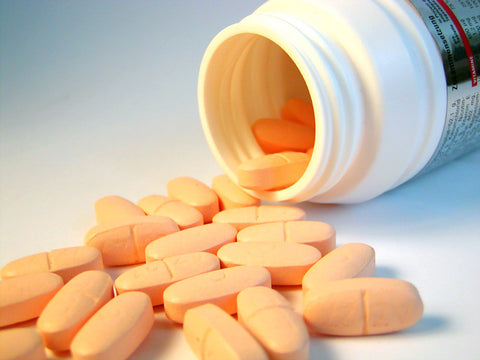The Low Down on Blood Thinners
What are they?
Blood thinners are drugs prescribed by doctors to individuals with or at high risk of certain types of heart diseases, particularly involving vascular occlusions (blockage of blood vessels) and blood clots (thrombus). They are categorized into two groups, namely;
- Antiplatelets
- Anticoagulants
Anticoagulants delay the time it takes for the blood to form clots. Examples include drugs such as heparin (Liquemin) and warfarin (Coumadin). They Other examples of anticoagulants are acenocoumarol, phenindione, dabigatran, and rivaroxaban. These are older types of anticoagulants. The newer types include dabigatran (Pradaxa) and rivaroxaban (Xarelto).
Antiplatelet drugs such as aspirin prevent platelets from coming together to form a clot.

What are they used for?
Blood thinners are used to prevent heart attacks, stroke and occlusions in the blood vessels in individuals who are at risk of developing or already have a history of occlusive vascular disease.
How do they work?
In order to understand their exact mechanism of action on the body, a brief overview of how clots are made is explained below. Remember that the blood is made of three components, namely; the red blood cells, the white blood cells and the platelets. The latter is the blood cell primarily responsible for clotting formation.
Generally speaking, when a blood vessel is damaged, either superficially or viscerally, the body activates its platelets into action to clump together around the injured tissues, essentially stopping the bleeding.
The activated platelets and the damaged tissue in turn, release biochemicals that react with the clotting factors present in the blood. The result is a complex cascade of events that occurs within seconds of the injury. The final step of this chain of reactions is the conversion of fibrinogen into thin strands of protein mass called fibrin which trap the blood cells and platelets forming a solid clot.
Now if a blood vessel is injured viscerally, the resulting blood clot can cause serious problems. The clot can narrow the diameter of blood vessels, reducing blood flow or worse, the clot breaks away from the injured tissue and travels throughout the circulation, possibly lodging into one of the most important blood vessels such as the aorta and blood vessels of the brain, resulting in a heart attack and stroke, respectively.
Essentially, blood thinners interfere with the cascade of events that lead to the formation of clots. Warfarin, acenocoumarol, and phenindione block the actions of vitamin K which is needed to produce some of the clotting factors (described above) and consequently, fibrin. As a result of this blockade, blood clots do not form so easily. Aspirin, on the other hand, act on the platelets, preventing them from clumping together.
So the role of blood thinners is not exactly to make the blood “thin”; rather, they just enhance their flow properties, by preventing clotting formation (coagulation) and making them flow smoothly through the blood vessels and other parts of the circulation.
What are their benefits?
Blood thinners prevent mortality and reduce the morbidity associated with heart diseases and occlusive vascular complications in patients who recently underwent hip or knee replacement surgery, have atrial fibrillation (irregular heart beat), heart attack and stroke.
Nuisance Bleeding
Let’s face it: nicks, cuts and scrapes are just a part of life. But when they happen, it can be painful, inconvenient, and sometimes even panic-inducing -- especially if you’re on blood thinners. Though rarely life-threatening, nuisance bleeding from superficial cuts can be troublesome and frequently leads to unwanted emergency room visits.
Why worry about Nuisance Bleeding?
A new product has been introduced: ALLAQUIX™ Stop Bleeding Quick. ALLAQUIX™ contains the SoftSeal-C™ High Performance Wound Dressing. SoftSeal-C™ uses the same technology that is used by the U.S. military, EMS (paramedics), and hospitals to stop hard-to-stop bleeding. It is a gauze pad that contains advanced technology, natural fibers that can help stop nuisance bleeding, even when on blood thinners. SoftSeal-C has been cleared by the FDA for OTC use and it does not need a prescription.

No more need to worry about nuisance bleeding from small nicks or cuts. Give ALLAQUIX™ a try!
www.allaquix.com
